by: Fadheela Y. Jabur
Islamic buildings have witnessed significant qualitative development since the first emergence of Islamic architectural elements in the form of the first mosque of Islam, the Prophet's Mosque (Al-Masjid An-Nabawi) in Madinah. When the Islamic territories were expanded, nations and peoples of ancient and great civilizations came to be under Islam's banner. This resulted in an influx of new elements into Islamic architecture, with the result that over time the Islamic world has come to encompass a wealth of aesthetic and technical expertise in the architectural arts.
Islam during the first half-century after its appearance, reached oldest centres of pre-Islamic cultures, ranging from Mesopotamia and the Sasanian Empire, Egypt, Byzantium (where the Greek and Roman traditions existed), to Syria, to North Africa and even Spain. This expansionrepresented an important historical and cultural transformation in the life of mankind.
Islamic architecture during its emergence and development, in less than one century after the Hijrah had absorbed the tributaries of these civilizations, and the Arab Muslims conquerors were therefore influenced by the aesthetic values of the arts of those ancient cultures. They showed great interest in their architecture, and decorated it with a variety of different motifs and designs, whether as part of the engineering or purely decorative, which gave it a splendid appearance in keeping with the importance of the role played by these buildings.
Through the many centuries over which Islamic architecture has developed it has come to include geographic areas stretching from Andalusia and Morocco in the west to Central Asia and the Indian subcontinent in the east. These areas include a number of regional centres which were recognizable by their unique architectural characters which have always been influential. These areas are populated by Muslim peoples of several ethnic origins, including Arabs, Persians, Turks, Berbers and Indians.
The most prominent architecture of Islamic cities is found in the formulation of new and innovative building elements, artistic expressions and vocabularies. This was as a result of Arab Muslims benefitting from the architectural expertise of people entered Islam. The Arabs drew on other traditions such as they found to be appropriate for the traditions and customs of Islamic civilization. There were artists inspired by arts of Mesopotamian civilizations, with its high external walls sumptuously decorated with glazed bricks, as well as architectural shapes such as Babylonian ziggurats which have left their mark on the minarets in the Abbasid period, for example the Al- Mutawakil minaret (the spiral minaret of Samarra) in Iraq, the minaret of the Ibn Tulun Mosque in Cairo and the minaret of the Aby Dulaf Mosque in Samarra.
Elsewhere, Islamic architecture has taken the style of Turkish buildings which are influenced by Byzantine architecture, characterized by buildings of circular shape which incorporate a large central space covered by a dome, around which are smaller domes in different sizes. Many Turkish architects developed this pattern of construction, especially, the senior engineer Sinan Pasha, who adopted the Byzantine building Aya Sophia as his architectural model after adding some engineering innovations. This building has thus become the starting point and model for the construction many buildings and mosques in Turkey and abroad.
As for the arboreal decorative arts of Islamic architecture, these have under gone complex development thanks to the incorporation of decorative motifs and designs from innumerable different buildings in different places. This development included all the now well-known shapes, both in their simple and elaborate forms.









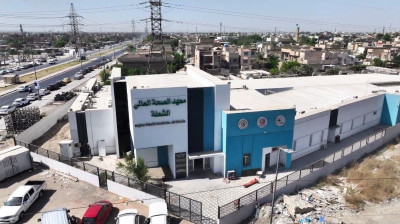
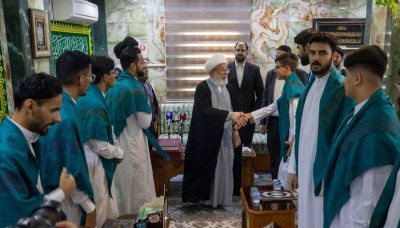


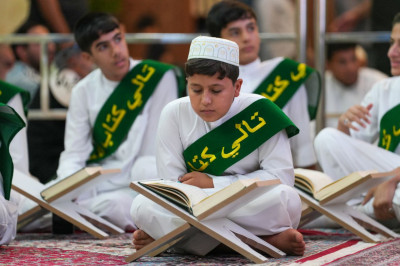
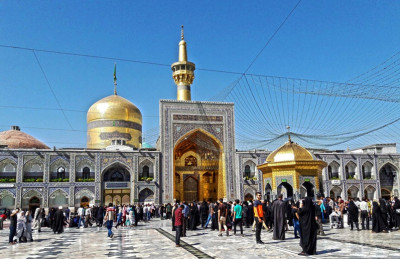
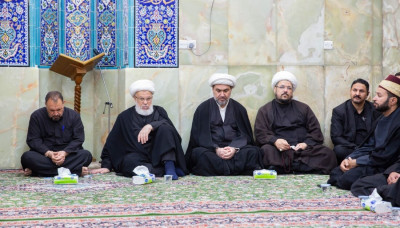


اترك تعليق